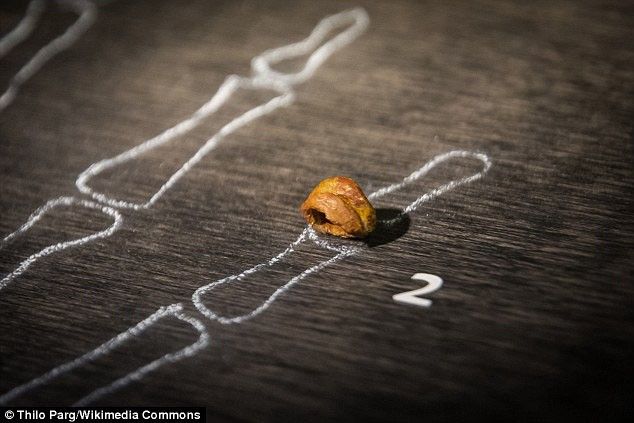Denisovans
Julurens: a new cousin for Denisovans and Neanderthals
A new study suggests that the Middle Pleistocene record in China includes more groups than have previously been recognized.
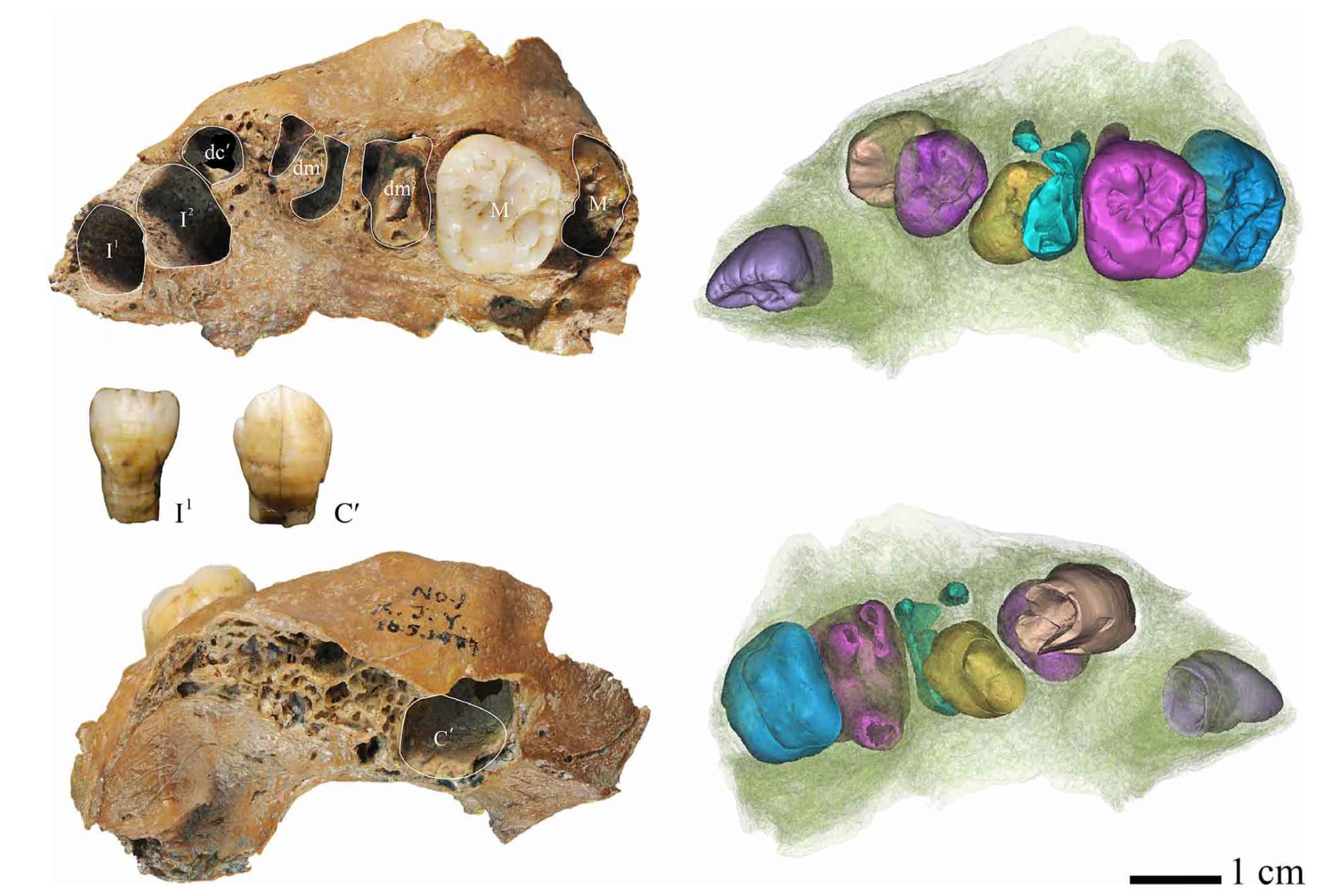
Top 10 discoveries about ancient people from DNA in 2023
This year's highlights include ways of finding ancient relatives, how some phenotypes evolved in ancient people, and trace evidence from artifacts.

Tracing the signature of African-to-Neandertal gene flow
A new study of African genetic variation yields a more accurate picture of the genetic exchanges between ancient Africans and Neandertals 250,000 years ago.
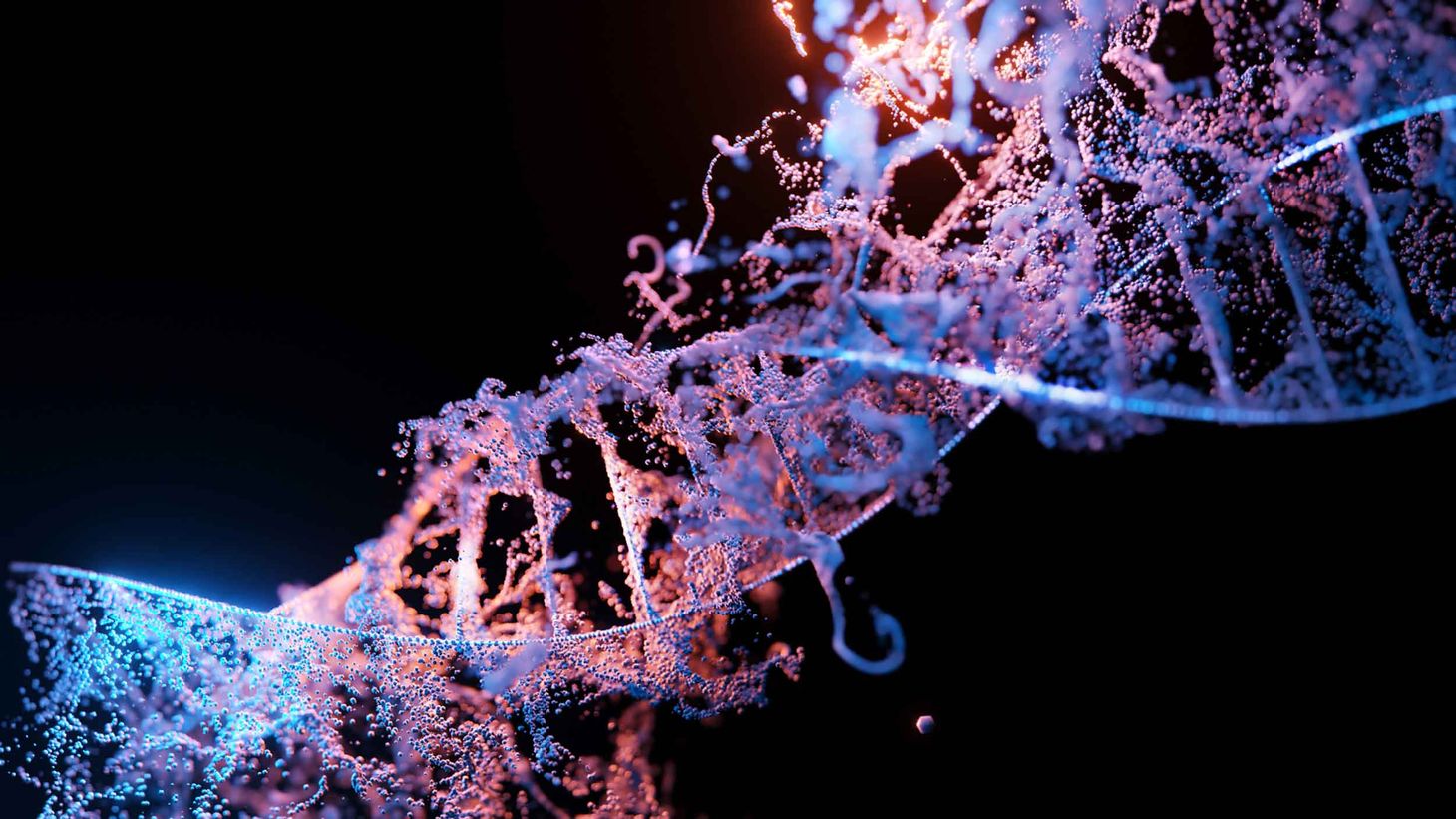
Interaction and mixture: big picture and small
From the level of function of a single gene up to the movements of entire populations, our evolution was built from mixture.

When did human chromosome 2 fuse?
More and more, it looks like this event happened shortly before a million years ago, in the common ancestors of Neandertal, Denisovan, and African ancestral humans.
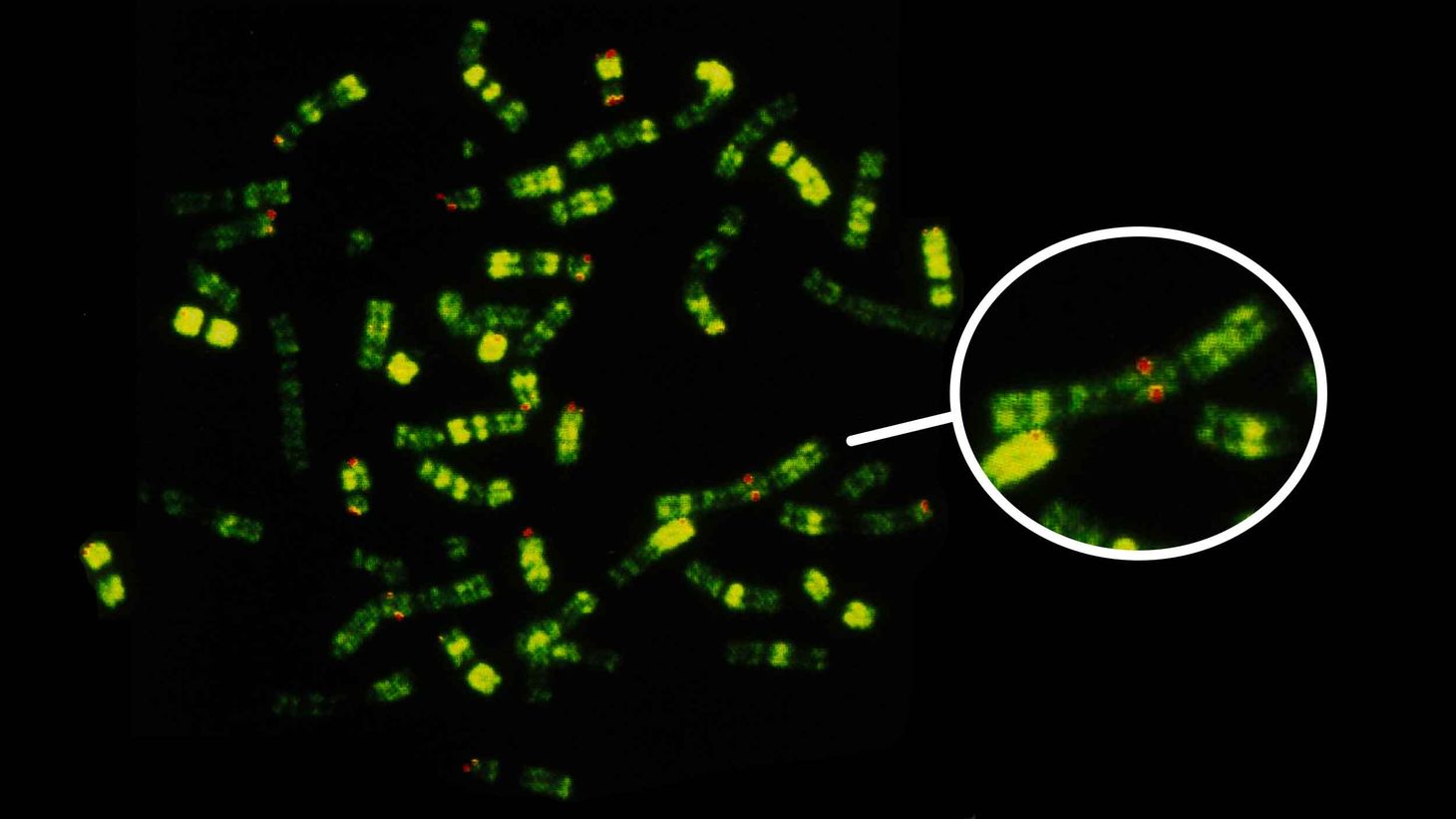
Climate models, Neandertals, and Denisovans
A new paper on biogeography of Neandertals and Denisovans raises ideas about the interactions of these groups.
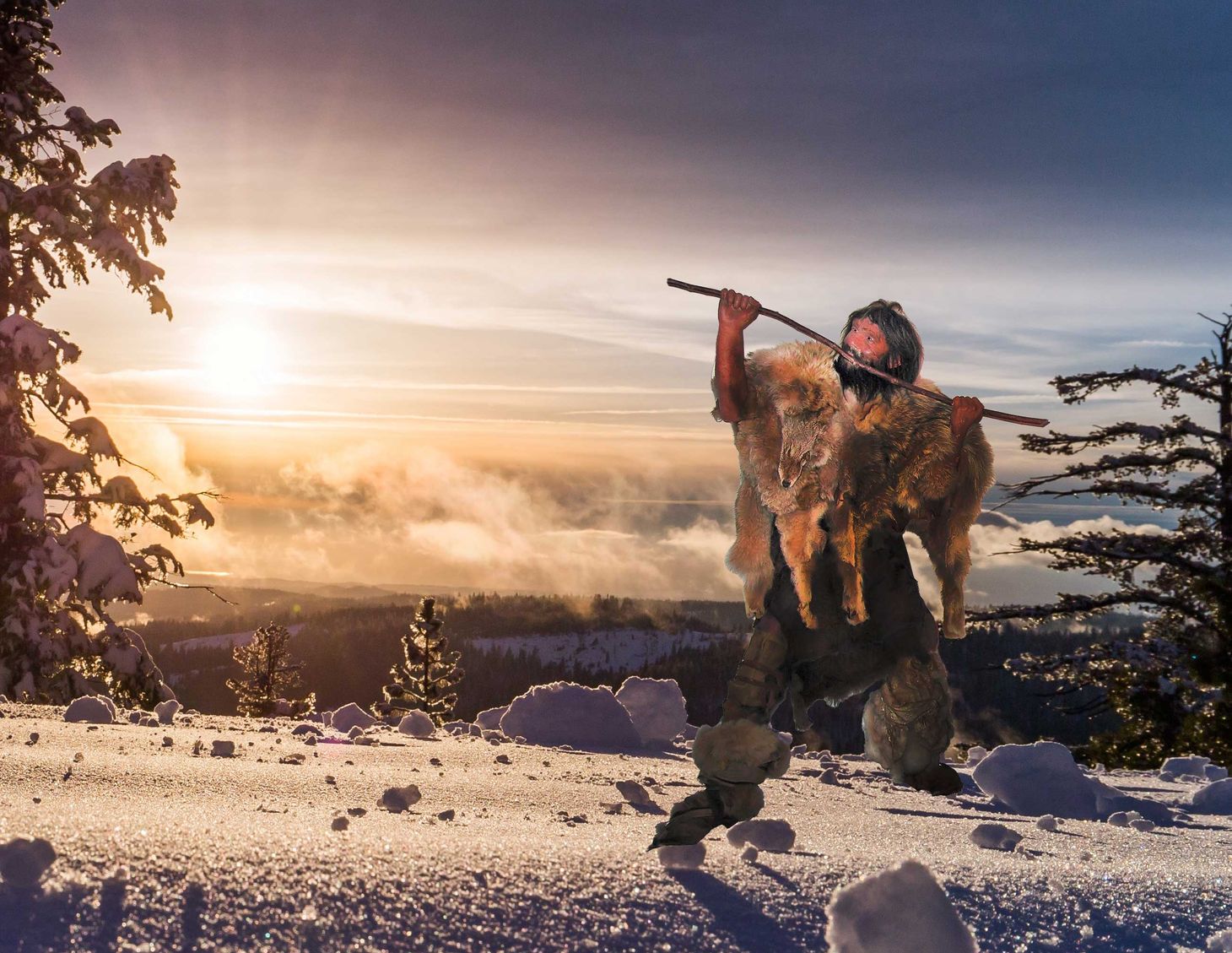
Explaining the X chromosome hole in Neandertal ancestry
Natural selection reduced the variation on human X chromosomes in populations with the most Neandertal and Denisovan mixture. It may have been meiotic drive.

Solving the mystery of the Red Deer Cave people
New DNA evidence is revealing the genetic relationships of ancient groups from southern China, showing how they were connected to living people across the region.
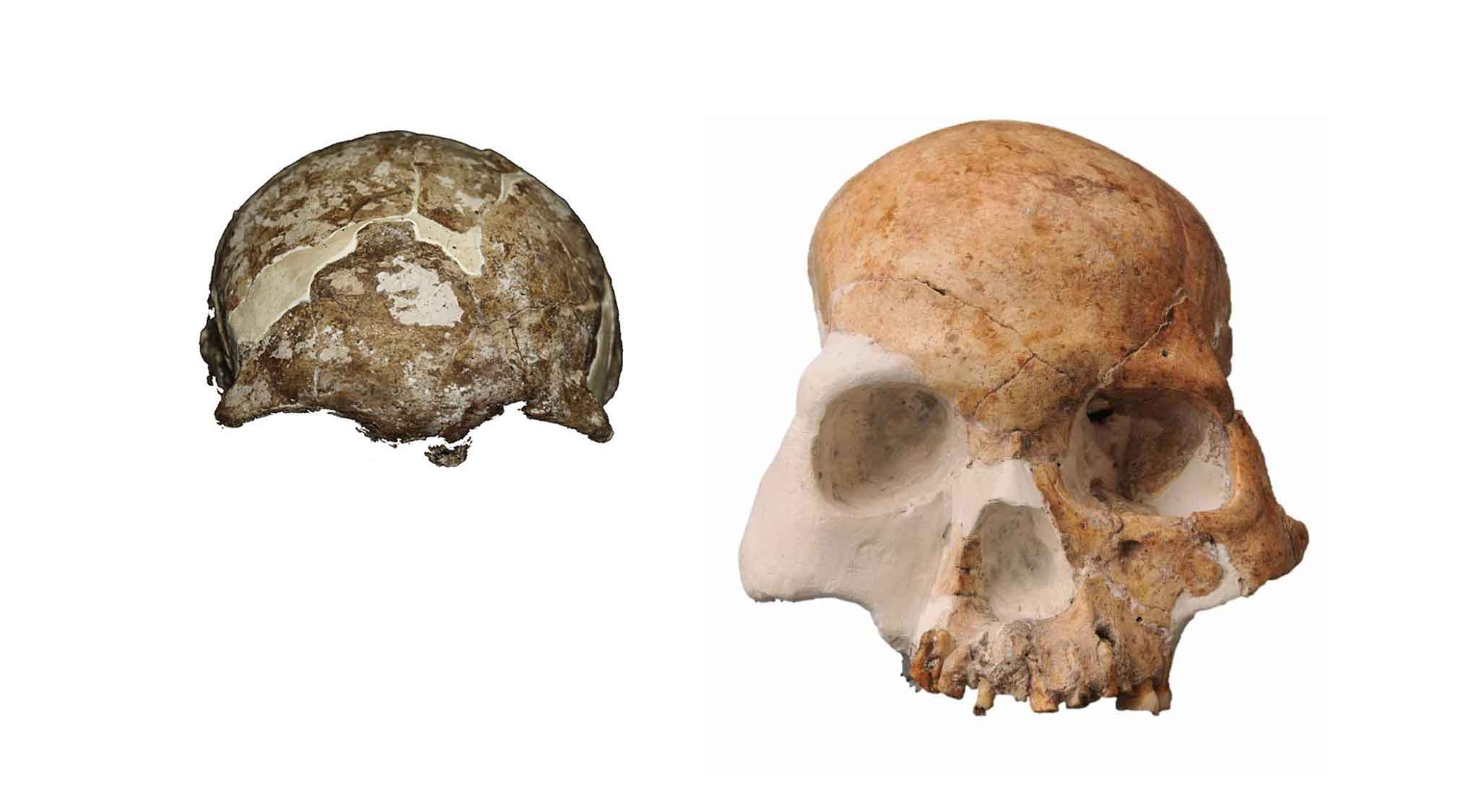
An enormous sample sheds light on the Denisovan ancestry of people in Iceland
Laurent Skov and coworkers have measured the very small amount of DNA shared within the Iceland population from Denisovan ancestry and they discuss several scenarios for how it may have gotten there.

Part of a Denisovan mtDNA resides in the nuclear genomes of many living people
A paper last week by Robert Bücking and coworkers trawled through the recently-sequenced Indonesian Genome Diversity Project dataset looking for snippets of mitochondrial DNA (mtDNA) that have been inserted into the nuclear genome. These snippets, called “NUMTs”, arise every so often as a result of DNA transfer from the mitochondrion
